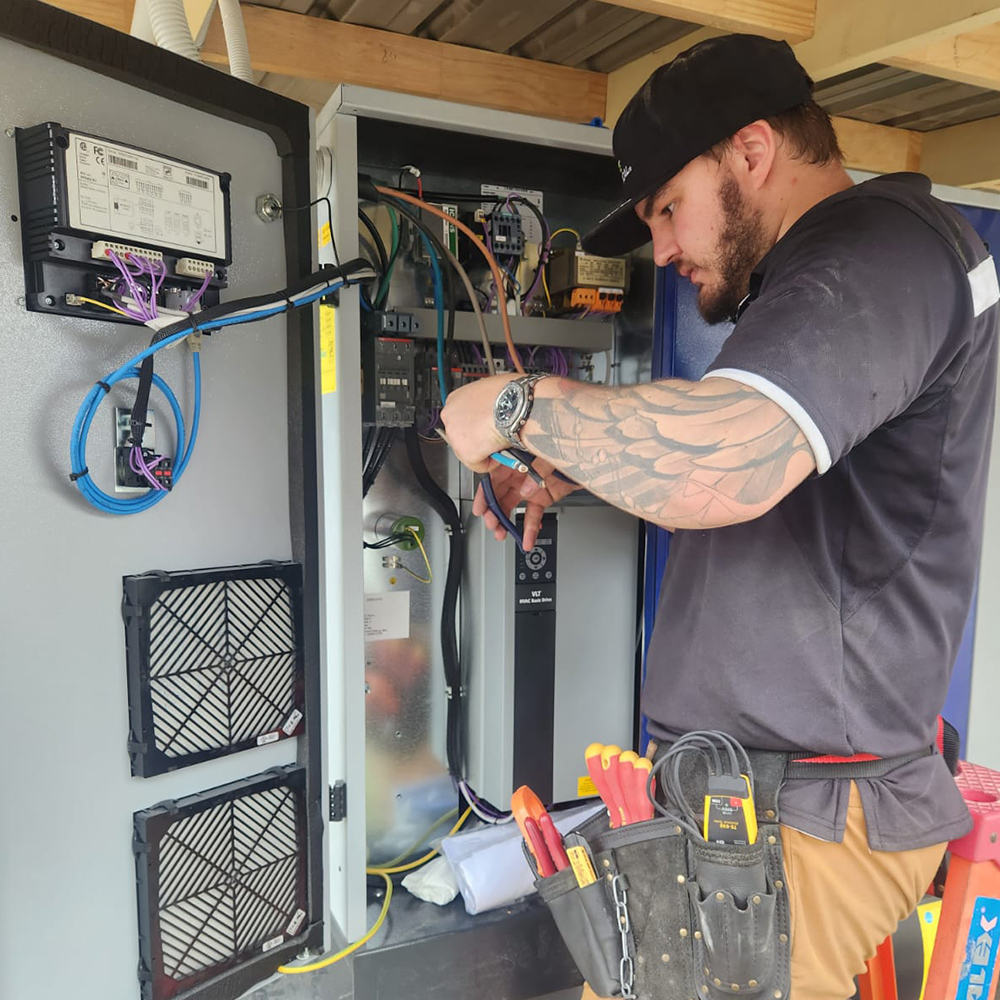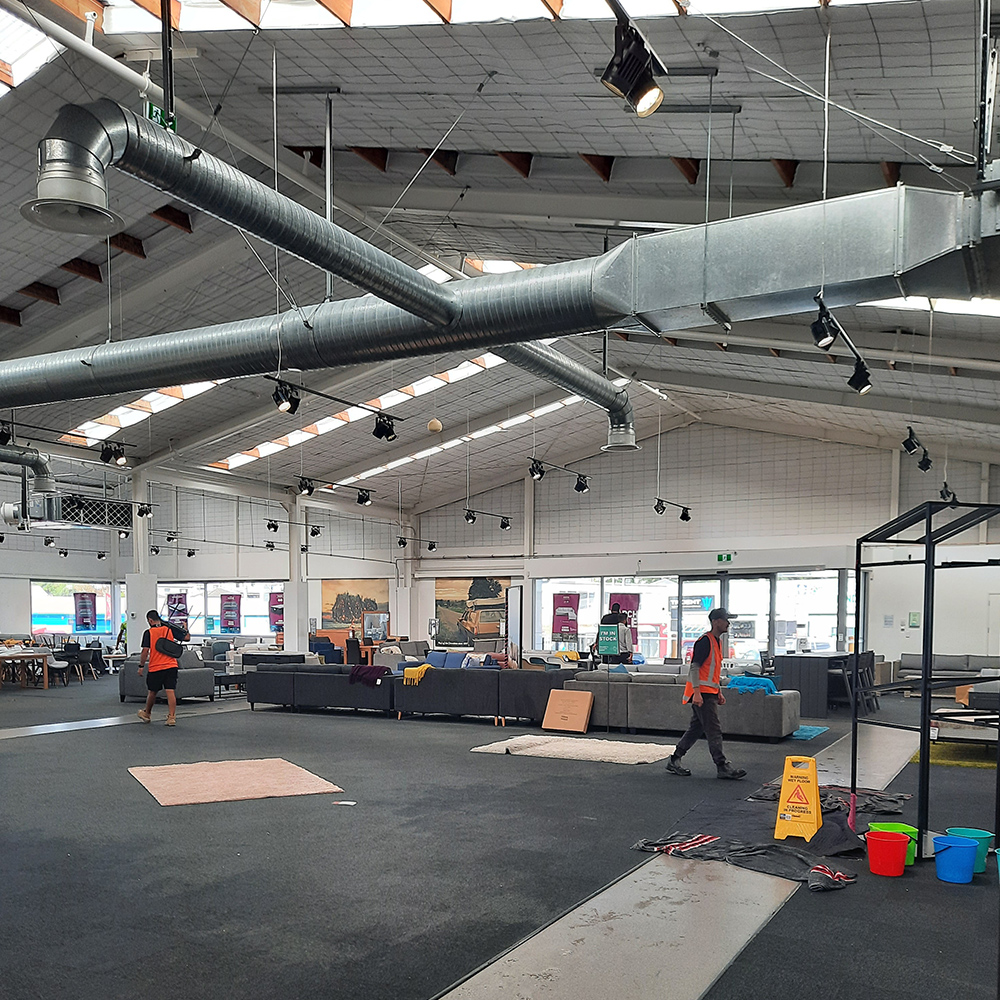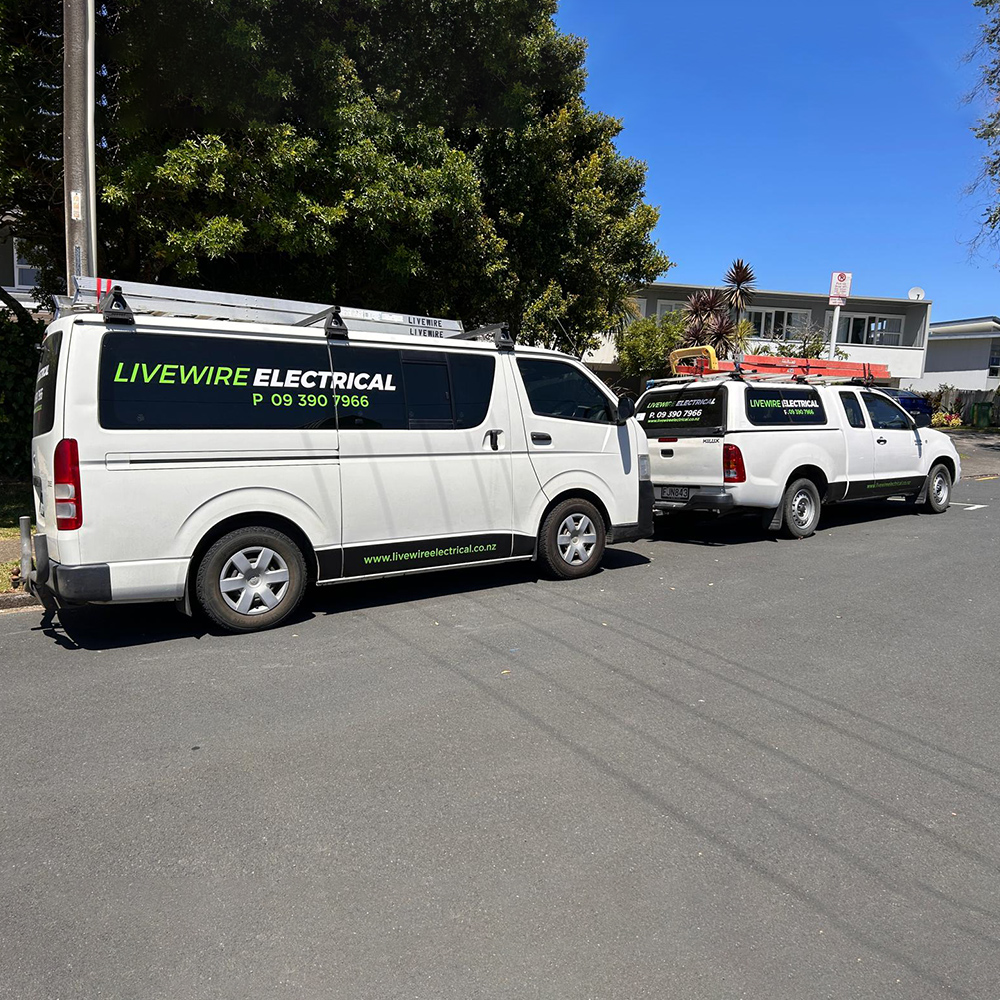Surge Protection: Safeguarding Your Electronics
In our increasingly digital world, protecting electronics from sudden spikes in electrical voltage is more important than ever. Power surges can occur for a variety of reasons and can severely damage or even destroy electronic devices. This guide explores how surge protectors work to shield your valuable electronics and provides tips on choosing and using them effectively.

Understanding Power Surges
A power surge is a rapid and temporary increase in voltage that can infiltrate your home’s electrical system. These surges can be caused by lightning strikes, power outages, fluctuations in the power grid, or the operation of high-power electrical devices. While some surges are externally sourced, others can originate within your own home, making protection essential in all scenarios.
The Role of Surge Protectors
Surge protectors are devices designed to absorb and divert excess voltage away from connected electronics. Unlike a power strip, which simply provides additional outlets, a surge protector contains components that can detect voltage spikes and redirect the surplus energy to the ground wire, thereby preventing it from reaching and damaging connected devices.
Choosing the Right Surge Protector
When selecting a surge protector, consider the following factors to ensure you get the protection your devices need:
Joule Rating
The joule rating indicates the amount of energy a surge protector can absorb before it fails. Higher ratings offer more protection, making them suitable for more sensitive or expensive devices.
Response Time
The response time of a surge protector determines how quickly it can react to a surge. Look for protectors with a response time of one nanosecond or less for optimal protection.
Number of Outlets
Consider how many devices you need to protect and choose a surge protector with an adequate number of outlets. Remember, it’s better to have a few extra outlets than not enough.
Additional Features
Some surge protectors come with extra features such as USB ports for charging mobile devices, or phone and cable lines protection. Evaluate which features are relevant to your needs.
Using Surge Protectors Effectively
Placement
Place surge protectors away from high-traffic areas to prevent accidental disconnections or damage. Ensure they are easily accessible for periodic inspection and testing.
Regular Testing
Most surge protectors have an indicator light that shows they are functioning correctly. Check this light regularly, and replace the protector if the light goes out or if it has experienced a significant surge event.
Avoid Daisy-Chaining
Connecting multiple surge protectors together, or plugging one into an extension cord, can reduce their effectiveness and even pose a fire risk. Instead, use a single, direct connection to the wall outlet.
Understand Limitations
While surge protectors can significantly reduce the risk of damage from power surges, they are not foolproof. Extremely powerful surges, such as those caused by lightning, can overwhelm most protectors. Unplugging electronics during severe storms remains the most reliable form of protection.
Surge protectors are an essential line of defence for safeguarding your electronics against damaging voltage spikes. By understanding how to choose and use surge protectors effectively, you can protect your investments in technology and enjoy peace of mind knowing your devices are secure. Regularly inspecting and maintaining your surge protectors will ensure they continue to provide reliable protection for your electronics.

Understanding Your Home’s Electrical System
Learn the basics of how your home’s electrical system works, including the roles of circuits, breakers, and panels, and why they are critical to your safety.

Inspecting Outlets and
Switches
A step-by-step guide to checking outlets and switches for signs of wear, damage, or malfunction, ensuring they operate safely and efficiently.

The Importance of Grounding in Your Electrical System
Discover why proper grounding is essential for preventing electrical shocks and how to ensure your system is correctly grounded.

Surge Protection: Safeguarding Your Electronics
Learn how surge protectors can prevent damage to your electronics from sudden spikes in electrical voltage and how to choose and use them effectively.

Extension Cord Safety:
Dos and Don’ts
Tips on selecting, using, and maintaining extension cords to avoid overheating and potential fire hazards.

Regular Maintenance of Your Electrical Panel
Understand the importance of regular checks and maintenance for your electrical panel to prevent overloaded circuits and potential fire risks.

Detecting and Addressing Flickering Lights
Investigate the causes of flickering lights and how to address them, whether it’s a simple bulb change or a sign of underlying electrical issues.

Safe Installation and Use of Appliances
Guidelines for installing and using household appliances to prevent electrical overloads and ensure efficient operation.

Childproofing Electrical Outlets and Devices
Strategies for keeping children safe from electrical hazards, including the use of safety caps and tamper-resistant (TR) outlets.

Hiring a Professional Electrician: When and Why
Recognize situations that require a professional electrician’s expertise to ensure the safety and integrity of your home’s electrical system.
